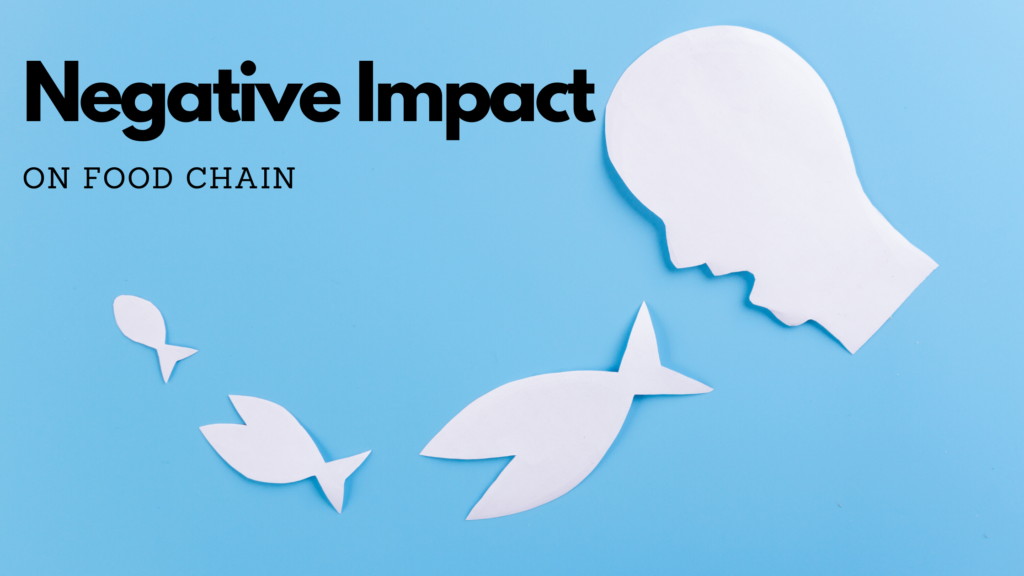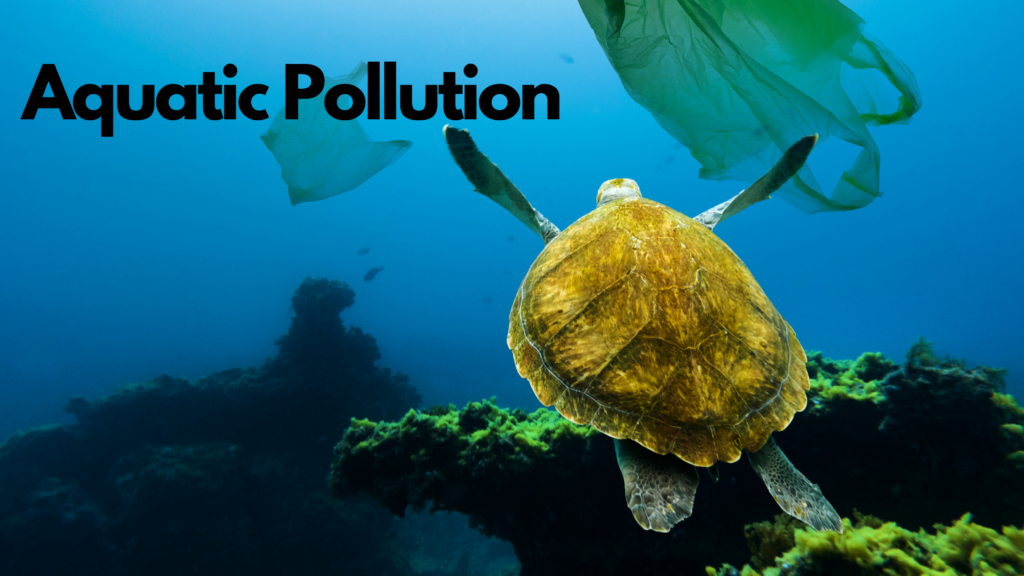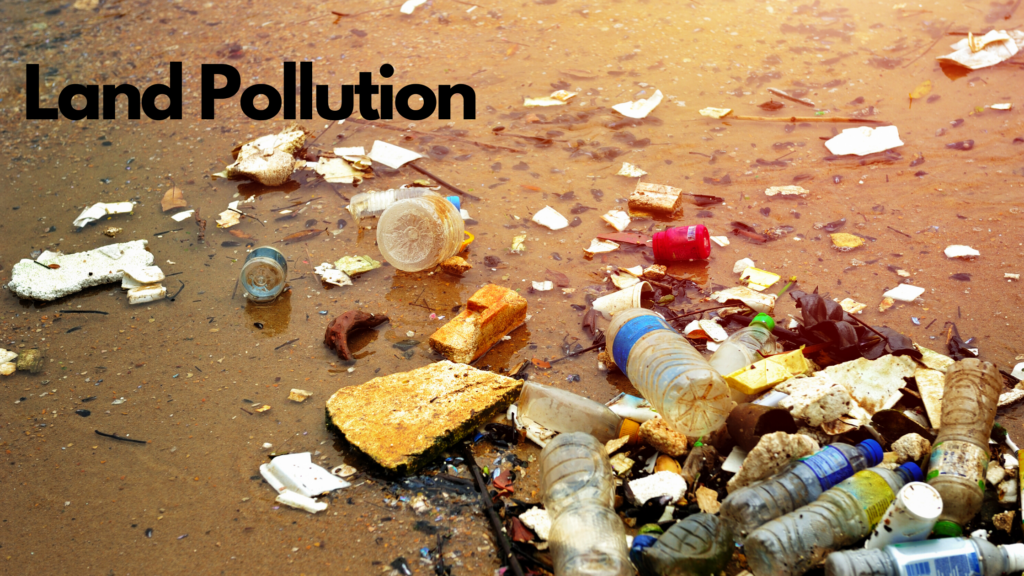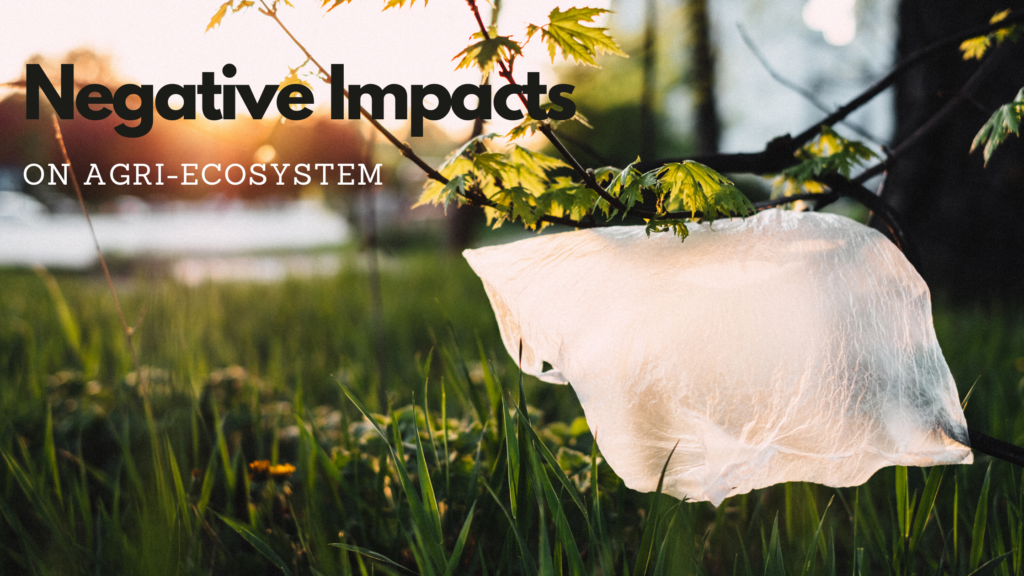Plastic may be defined as a wide range of synthetic or semi-synthetic organic compound which can be moulded into solid objects. They are essentially organic polymers with high molecular mass but let us not be fooled by the term organic here. They are organic because of their Covalent carbon chemistry. The vast majority of the plastic polymers are formed from chains of carbon atoms,’pure’, or with the addition of oxygen, nitrogen, or sulfur. The chains comprise many repeat units formed from monomers. Each Polymer chain will have several thousand repeating units. The backbone is the part of the chain that is on the main oath linking together a large number of repeat units. These strong bonds, that give the plastic its properties are essentially the reason which makes plastic harmful for the environment too.
The Plastic Production Trivia
Plastics are mostly petrochemicals, made from natural gas or petroleum. The production process includes the refining of petroleum, which goes through a heating process. It develops a chemical substance called ethylene and propylene, which are the chemical building blocks for many plastics. These chemicals are combined with other chemicals to produce a polymer. Most of the plastic is artificially produced, they do not occur in nature. In plastics, the long chain of polymer is the chain of carbon atoms with other atoms attached to it. When it comes to plastic disposal, old plastic is usually thrown away and given its extremely negligible degradation, forms huge acres of landfills. Some plastics release toxic fumes when heated. Some plastics are recycled. However, the proportion is marginal, standing at less than 5% globally.
Most of the plastics hence end up polluting the surroundings, either forming rotting dumps of garbage or blocking the sewers and other underground supplies or simply landing in the water bodies creating danger for the aquatic ecosystem.
Before we move to the impact, let us first look at the types of plastic around us:
Types of Plastic in Our Ecosystem
Every time we talk about plastics and ecosystem, the discussion usually has negative undertones. However, it is important to understand here that it is not for nothing that plastics are used this widely. They are not eco-friendly, but the wide variety of uses and the versatility that they have at the offer, make them economically indispensable. The sections below touch on not just how plastic is bad for ecosystem but also how they are very integral for its survival too
Polyethylene Terephthalate (PET or PETE or Polyester)
PET is said to be a wrinkle-free fibre which is mostly used in the food and drink packaging purpose. Unlike the plastic bags that we see in the supermarket, PET has a strong ability to prevent oxygen from getting in and spoiling the product inside. It also helps to keep carbon-dioxide in carbonate drinks from getting out. This type of plastic contains antimony trioxide- a matter that is considered as causing cancer in living tissue.
High-Density Polyethylene (HDPE)
This type of plastic has long virtually unbranched polymer chains which make them really dense and thus stronger and thicker from PET. HDPE is commonly used as the grocery bag, opaque milk, juice container, shampoo bottles, and medicine bottles. However, this is capable of recycling. It is considered as a safer option for food and drinks and is more stable than PET
Polyvinyl Chloride (PVC)
PVC is used for manufacturing toys, blister wrap, detergent bottles, blood bags, and medicine tube. PVC is the second most pervasively used plastic after polyester. Also in terms of toxicity, PVC is considered the most hazardous plastic. The use of the same can result in leaching off of a variety of toxic chemicals, which have the potential for causing cancer. It can also cause allergic symptoms among children and disrupt the human hormonal system. PVC is also non-biodegradable and no recycling program has been set for it yet. That is why it is best to be avoided at all costs.
Low-Density Polyethylene (LDPE)
Polyethylene has the simplest plastic polymer chemical structure, making it very easy and cheap to process. LDPE polymers have significant chain branching including long side chains making it less dense and less crystalline and thus is a thinner form of polyethylene. LDPE is mostly used for bags plastic wraps coater for paper milk cartons and beverage cups. Studies have shown that LDPE can cause unhealthy hormonal impact and also has various health hazards that bind the same. Though considered safe for food and beverage usage, this type of plastic is, unfortunately, difficult to be recycled.
Polypropylene (PP)
This type of plastic has a stiffer and more resistant chemical bond and thus is widely used for making hot food containers. It somewhere resembles the strength and quality of LDPE and HDPE. It is also used in the production of disposable diapers and sanitary pad liners. Again it is a food-friendly option for packaging. Despite that PP isn’t quite recyclable and could also cause asthma and hormone disruption in humans.
Polystyrene (PS)
This the most common type of plastic used for manufacturing take-away containers, egg cartons, disposable cups and bowls, and also bike helmet. PP is also known as Styrofoam. When exposed to heat and oily food, PP can leach styrene that is considered as a brain and nervous system toxicant. This also has many hazardous implications on the lungs, liver, and immune system of the body. The recycling rate for the same is also considered low.
Others
This category is about all other plastics that don’t fall under the gamut of those identified by number 1-6. There are innumerable kinds of plastic, which are used in production and manufacturing procedures such as bioplastics. Polycarbonate(PC) is the most common plastic in this category.PC is typically used for baby bottles, sippy cups, water gallons, metal food, can liner, etc. It is to be mentioned here is that PCs are highly toxic and cause major health and environment hazards. It is for this reason that they have been banned in many countries.
Effects of Plastic on the Ecosystem
The environmental repercussions of the usage of plastic are quite detrimental. From landfills to aquatic life, everything is endangered due to the same. The debris of plastic and its waste poses an unfathomable danger on the ecological balance of the world and thereby disrupting various natural phenomena. Some of them are enumerated as under.
Negative Effects on Human Health
Plastic is ubiquitous. Just look around and you will observe that everything has the usage of some form of plastic in their production procedure. The impact of plastic pollution on human health is precarious. Most people are oblivious to that and thus continue the usage of plastic in daily life. Toxic additives are often added to plastic to improve its properties. Many of these additives do not bind to the chemical chain of plastic which means they can be released in the environment when exposed. These, in turn, get absorbed in the skin, evaporate into the air that we breathe, and even enter the body through food consumption. This raises the chances of cancer and other deadly diseases to an alarming degree.
The derailment of the Food Chain

Since plastic is available in all sizes, big or small, it can affect even the world’s tiniest organism. With plastic that moves through the food chain, the attached toxins also move and accumulate in animal fat and tissue through a process called bio-accumulation. This, in turn, enters the human body in the form of food. Also, certain kinds of the additive of plastic are chemical, which leaks from the plastic even in the animal body, which causes serious health hazards and disrupts the food chain.
Aquatic Pollution

Water conservation is already becoming an alarming concern in many places across the globe. The lastest catastrophe in motions is that of the aquatic life and quality of water being hampered due to excessive amount of plastics ending up in the water bodies. Every time it rains, garbage dumps, which primarily constitute plastic debris, get drained into the various water bodies, maybe also to the water source of your drinking water! Even groundwater is susceptible to leaking environmental toxins.
Land Pollution:

With the dumping of tonnes of plastic waste and debris in landfills, it leads to the interaction of the same with water and forms hazardous chemicals. When these chemicals are absorbed underground, they degrade the quality of water and soil. The fertility of soil also gets endangered by it. Plastic also gets stuck on poles traffic lights, trees fences, etc. and animals that come in that vicinity, might suffocate to death. Most plastic is non-biodegradable and thus impacts the health of the land, which in turn disrupts the ecological balance of the environment.
Air Pollution:
With an increase in the irresponsible and unethical disposal of industrial wastes, it becomes distinctive difficult to use plastic, devoid of air pollution. Burning of plastic in the open air leads to environmental pollution, due to the release of poisonous chemicals, which in turn gets inhaled by humans and animals and causes serious lung diseases and various forms of cancer. Also, the toxic gases released from the same, can disrupt the respiratory system and lead to asthma or other breathing issues.
Negative Impacts on the Agri-ecosystem

Man artificially makes plastic by using many toxic chemicals, which are neither environmentally friendly nor are bio-degradable. Even with the best of the efficiencies, there is a minimum seepage of 10-20% of the chemical wastes into the land which pollutes the groundwater and also renders the nearby lands barren. This directly impacts the amount of produce and hence impacts the livelihood of the farmers
Animal Deaths:
Around 1 million deaths of marine animals are caused by plastic debris almost every year! Most of the wastes come from the land areas and get muddled with the water bodies. Owing to this, the phenomenon of algal bloom happens which restricts the oxygen supply to the deeper layers of waters resulting in loss of aquatic life. In addition to this, plastic bits sometimes get ingested or wrap themselves around the animals stunting or obstructing their usual growth.
Mosquito breeding
Contaminated stagnant water is the key breeding centre of mosquitoes. Whenever water is prevented from flowing as it is supposed to, filthy pools get formed providing the perfect condition for swarming of mosquitoes and other insects. Such a localised concentration of mosquitoes is known for carrying and spreading various diseases such as malaria, cholera, etc.
Conclusion
When plastics are broken down, this simply means one large piece of plastic is reduced into a bunch of smaller pieces of plastic. These smaller pieces of plastic are consumed by many animals, even finding their way into the food chain and hence impacting us. Plastic does not decompose, it merely breaks-down. The same holds true for bio-degradable plastics too.
Honestly speaking, who are we trying to fool here?
All of us know almost everything about how harmful plastic is and still for our convenience, we do not even once shy away from using the same.
We cannot really blame our fellow people too! The problem is the lack of alternatives. It is not just about a jute bag being used to carry stuff. It is about all those tiny pieces that go into industrial manufacturing making parts of so many things around us!
What is the alternative to that?
Probably- our next blog will explain that!
So, stay tuned! Read More about how and why we should stop using plastic straws.


Comments
Comments are closed.